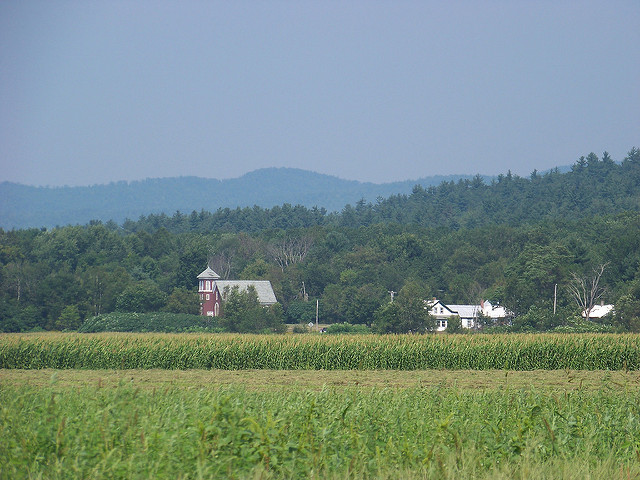On first moving to Maine and seeing a line of tall ledges from a nearby road, I was enchanted, surprised. I’d never seen anything like them before: Mountains like waves of rock waiting to crash over the land. Not long ago, on snowshoes, we broke trail in a field below. In three feet of snow, exhausting ourselves, driven by winds laden with chill factors below zero. Oh that cup of coffee on our return!
Login to read more
Sign in or create a free account to access Subscriber-only content.
Topics:
